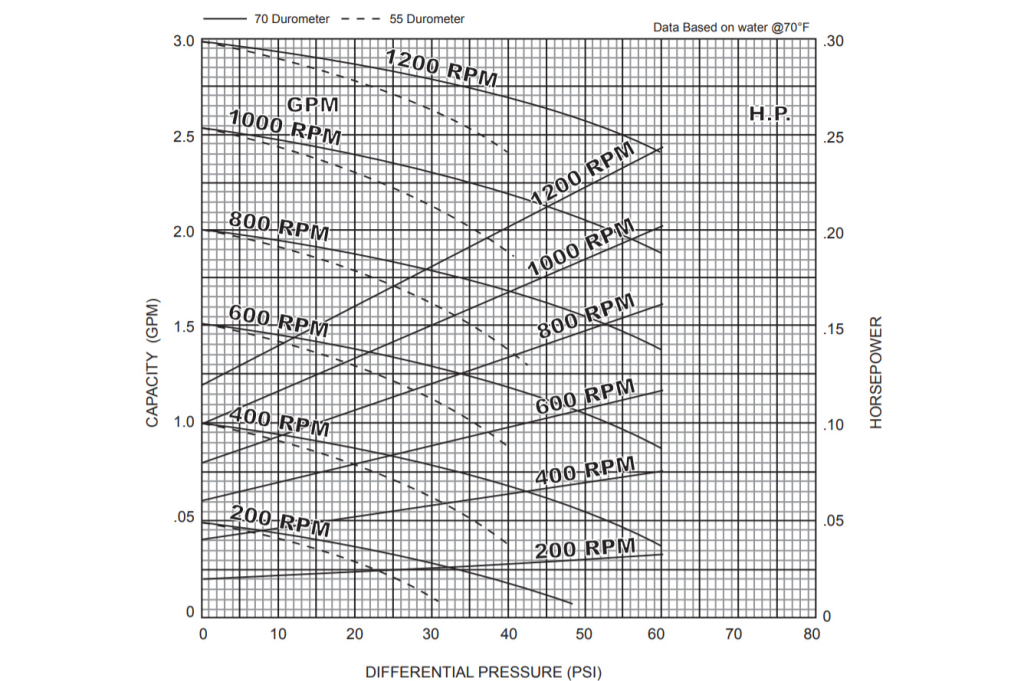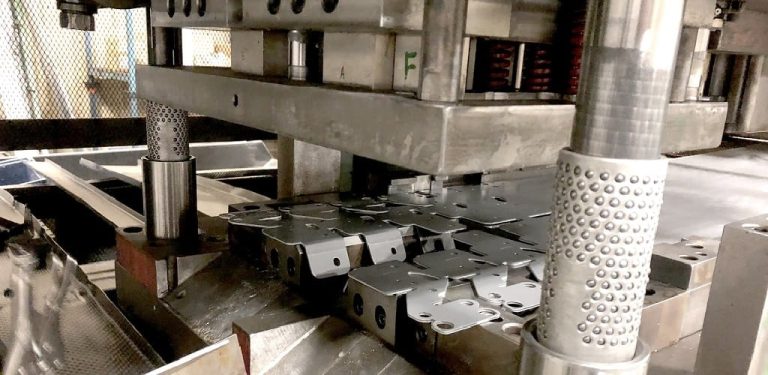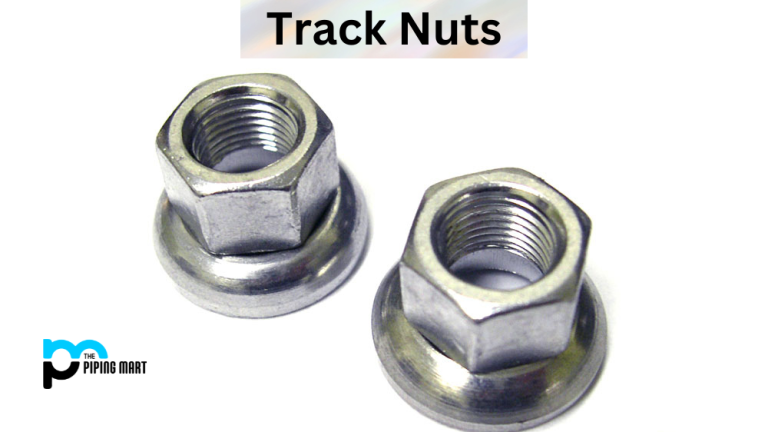What’s a Progressive Pump Curve and Why Does It Matter?
In the realm of fluid dynamics and pump technology, understanding the concept of a progressive pump curve is crucial for optimizing performance and efficiency. This article will explore what a progressive pump curve is, its significance, and why it matters in various applications.
Understanding the Progressive Pump Curve
A progressive pump curve is a graphical representation that illustrates the relationship between the flow rate and the pressure generated by a pump. Unlike traditional pump curves that can be linear or exhibit sudden drops, a progressive pump curve shows a smooth, gradual increase in pressure as the flow rate increases. This characteristic enables better prediction of a pump’s performance under varying operating conditions.

Characteristics of a Progressive Pump Curve
- Smooth Transition: The curve typically displays a gradual incline, reflecting the pump’s ability to handle changes in flow without abrupt pressure drops.
- Higher Efficiency: A well-designed progressive pump curve indicates that the pump operates efficiently across a range of flow rates, minimizing energy consumption.
- Adaptability: These curves often suggest that the pump can adapt better to varying system demands, ensuring consistent performance.
Why the Progressive Pump Curve Matters
Understanding and utilizing a progressive pump curve is essential for several reasons:
Improved System Design
Engineers and designers can use the progressive pump curve to select the right pump for specific applications. By analyzing the curve, they can ensure that the pump will perform optimally within the desired flow range, reducing the risk of underperformance or overloading.
Enhanced Efficiency
Pumps with progressive curves tend to operate more efficiently, leading to lower energy costs. This can be particularly important in industrial settings where pumps run continuously. By choosing pumps with favorable curves, organizations can significantly reduce operational expenses.

Predictable Performance
A progressive pump curve provides predictability in system performance. Knowing how a pump will respond to changes in flow allows for better management of fluid systems, helping to avoid issues such as cavitation or system surges.
Applications Across Industries
Progressive pump curves are particularly relevant in various industries, including:
- Water Treatment: Ensuring consistent water flow and pressure control in treatment facilities.
- HVAC Systems: Maintaining balanced heating and cooling throughout a building.
- Chemical Processing: Handling volatile substances that require precise flow management.
Conclusion
In summary, the progressive pump curve is a vital tool for anyone involved in pump selection, system design, or fluid dynamics. Its smooth and adaptable nature not only enhances efficiency and predictability but also plays a crucial role in ensuring optimal performance across various applications. By understanding and leveraging this concept, engineers and industry professionals can make informed decisions that lead to better outcomes in fluid management.



